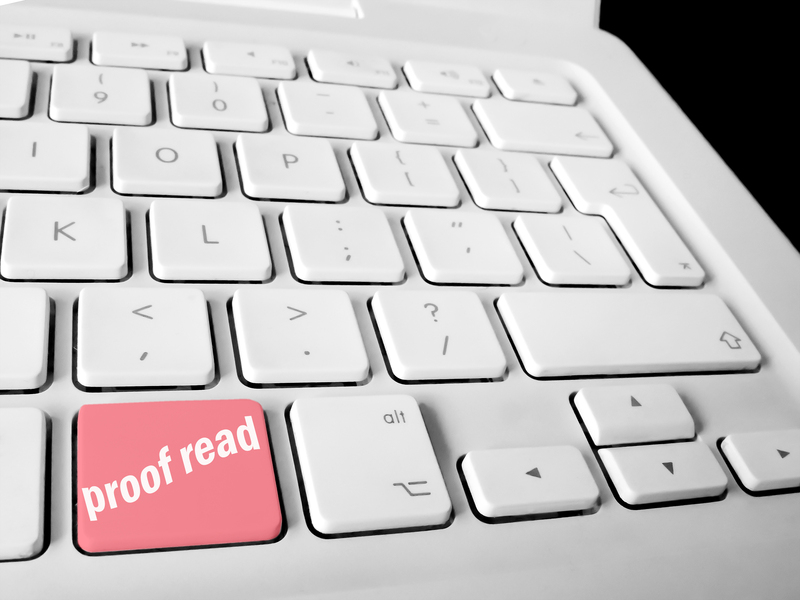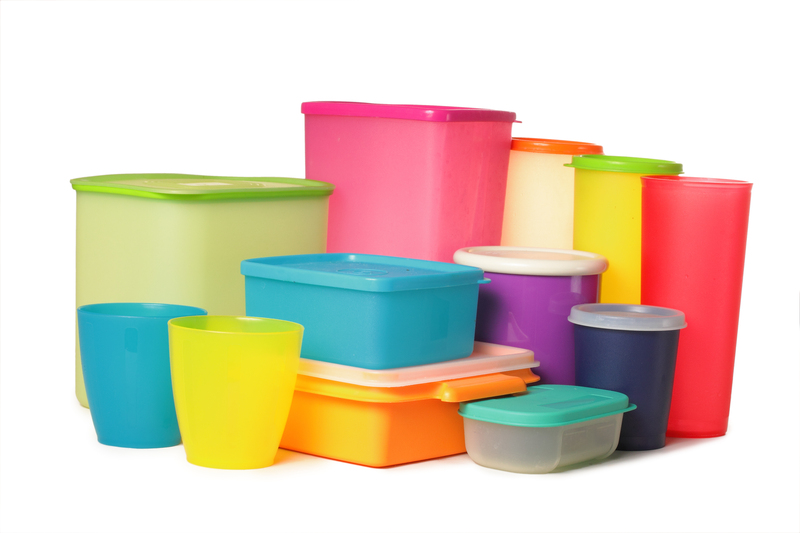Charting a Course to End Microplastic Pollution
Microplastic pollution has emerged as one of the most pressing environmental challenges of our time. These tiny plastic fragments, less than 5mm in diameter, infiltrate our oceans, rivers, and soils, posing threats to wildlife, ecosystems, and human health. As our understanding of microplastics deepens, the urgency to find solutions becomes increasingly clear. This comprehensive article aims to detail the sources, impacts, and actionable strategies for eliminating microplastic contamination worldwide.
Understanding Microplastic Pollution
What are Microplastics?
Microplastics are minuscule plastic particles that result primarily from the breakdown of larger plastics or are purposefully manufactured for use in consumer products. They are defined as plastic fragments measuring less than 5 millimeters. Common sources of microplastics include:
- Degraded plastic bottles and bags
- Synthetic fibers shed from clothes during laundering
- Microbeads in cosmetics and personal care products
- Tire wear particles from road traffic
- Industrial abrasives used in manufacturing
- Primary microplastics: Intentionally made small plastics, such as those in exfoliating scrubs and cleaning agents.
- Secondary microplastics: Result of environmental degradation of larger plastic items.
Why are Microplastics Harmful?
The widespread presence of microplastic particles in the environment raises significant concerns:
- Threat to marine and terrestrial life: Microplastics are ingested by fish, birds, and other animals, leading to physical harm, malnutrition, and exposure to toxic chemical additives.
- Environmental persistence: Microplastics do not readily degrade; they persist for hundreds of years, accumulating in ecosystems.
- Health implications for humans: Microplastics have been detected in seafood, drinking water, table salt, and even the air we breathe.

Tracing the Path of Microplastics
How Do Microplastics Enter the Environment?
Charting a course to end microplastic pollution first requires tracing their journey. Microplastics originate from multiple sources and vectors:
- Plastic waste mismanagement: Discarded plastics, when exposed to sunlight and mechanical abrasion, eventually fragment into microplastics which can be swept into waterways.
- Wastewater treatment plants: Synthetic fibers and microbeads escape filtration systems and enter rivers and oceans.
- Urban stormwater runoff: Road dust, tire particles, and debris collected by rainwater are carried directly into water systems.
- Agricultural runoff: Sludge from wastewater plants, used as fertilizer, spreads microplastics onto agricultural land.
Once in the environment, microplastics are transported vast distances by wind and water currents, becoming a truly global pollution issue.
Impact of Microplastic Pollution: A Closer Look
Ecological Consequences
Scientists have documented microplastic pollution in the deepest ocean trenches and remote mountain peaks. Its impacts on biodiversity are severe:
- Marine organisms: Ingestion of microplastics interferes with feeding and digestion, sometimes causing death. Particles can also absorb and concentrate toxic chemicals, which move up the food chain.
- Coral reefs: Microplastics reduce photosynthetic activity of zooxanthellae--critical algae for coral health--and carry pathogens harmful to corals.
- Terrestrial ecosystems: Microplastics affect soil structure and nutrients, with possible implications for plant growth and soil-dwelling organisms.
Human Health Concerns
The debate on the dangers of microplastics to human health is ongoing, but recent studies reveal:
- Microplastics in food and water: Consumed via seafood, salt, and tap or bottled water.
- Airborne microplastics: Inhaled dust particles can lodge in the respiratory tract.
- Pesticide and heavy metal carries: Microplastics can adsorb and transport hazardous substances.
- Potential for cellular damage: Evidence indicates certain microplastics may be cytotoxic or cause inflammation.
Global Initiatives to Combat Microplastic Pollution
Policy and Regulation Advances
Numerous nations and organizations have begun to take action to end microplastic pollution:
- Microbead bans: Many countries, including the U.S. and UK, have outlawed the manufacture and sale of microbead-containing cosmetics.
- Single-use plastic reduction: Policies ranging from plastic bag taxes to outright bans are encouraging both producers and consumers to shift towards alternatives.
- International agreements: The United Nations Environment Programme is spearheading dialogues for a legally binding global plastics treaty.
Scientific and Technological Solutions
Researchers and innovators worldwide are developing new technologies to address microplastic pollution:
- Advanced filtration systems: Next-generation wastewater treatment and laundry filters are being designed to capture microfibers and other minute particles before they escape into nature.
- Biodegradable materials: The push for bioplastics and eco-friendly packaging is expanding, with the goal of replacing petrochemical-based plastics.
- Microplastic-trapping devices: Floating barriers, river skimmers, and ocean-cleaning projects like The Ocean Cleanup are piloting technologies to remove plastics from water bodies.
Effective Strategies to Eliminate Microplastic Contamination
Revolutionizing Waste Management
The journey to end microplastic contamination begins with waste. Effective waste management strategies include:
- Enhanced recycling systems: Modern sorting and processing facilities ensure plastics are properly recycled or repurposed, minimizing leakages.
- Extended Producer Responsibility (EPR): Legislation requiring manufacturers to take responsibility for the entire lifecycle of their products.
- Consumer education: Initiatives to inform the public about correct plastic disposal and alternative product choices.
Innovating Sustainable Product Design
Product design can make a monumental difference. Some forward-thinking approaches are:
- Natural fiber textiles: Encouraging industries to use cotton, hemp, and other biodegradable fibers in clothing manufacturing.
- Plastic alternatives: Research into edible packaging, plant-based plastics, and reusable containers continues to progress.
- Minimal packaging: Designing products with little to no packaging, or using recyclable and compostable materials.
Transforming Consumer Behavior
Everyone has a part to play in cutting microplastic emissions. Practical actions include:
- Choosing clothing made from natural fabrics.
- Using a microfiber laundry bag or filter to trap synthetic fibers in wash water.
- Avoiding products that contain microbeads.
- Minimizing the use of single-use plastics.
- Supporting businesses with plastic-reduction commitments.
Furthering Research and Citizen Science
Scientific research and community engagement are essential to understand, monitor, and ultimately end microplastic pollution:
- Crowdsourced plastic monitoring: Many organizations involve communities in collecting and analyzing plastic samples from beaches and rivers.
- Research partnerships: Collaboration between government, industry, and academia to develop remediation techniques and assess impacts.

The Path Forward: Charting a Course to End Microplastic Pollution
The Role of Policy and Collaboration
Success will depend on bold international cooperation and comprehensive policy frameworks.
- Holistic plastic management: Integrated policies addressing the entire plastic lifecycle, from production to disposal, are crucial.
- Global monitoring and reporting: Transparent tracking of microplastic emissions and cleanup efforts allows for adaptive management and accountability.
- Incentivizing innovation: Grants, subsidies, and recognition for companies and researchers actively reducing microplastic contamination.
- Community empowerment: Funding and support for grassroots initiatives in particularly affected regions.
What Can You Do?
You can play a powerful role in diminishing microplastic pollution's reach:
- Advocate for local regulations that limit plastic waste.
- Participate in clean-up events.
- Reduce personal plastic use and champion sustainable brands.
- Support organizations researching and combating microplastic pollution.
- Educate family and friends about the issue.
Conclusion: Towards a Microplastic-Free World
Charting a course to end microplastic pollution demands focused action from policymakers, industries, scientists, and citizens alike. As the world becomes increasingly aware of the grave dangers posed by microplastics, innovative solutions are being developed, shared, and implemented. If we work together to reduce plastic use, support sustainable products, and enforce strong regulations, we can turn the tide against microplastic contamination.
The journey to a cleaner, healthier, and more sustainable future starts with a single step -- and that step is up to all of us:
- Commit to reducing plastic consumption and waste.
- Engage in local and global environmental initiatives.
- Promote awareness of microplastic problems and solutions in your community.